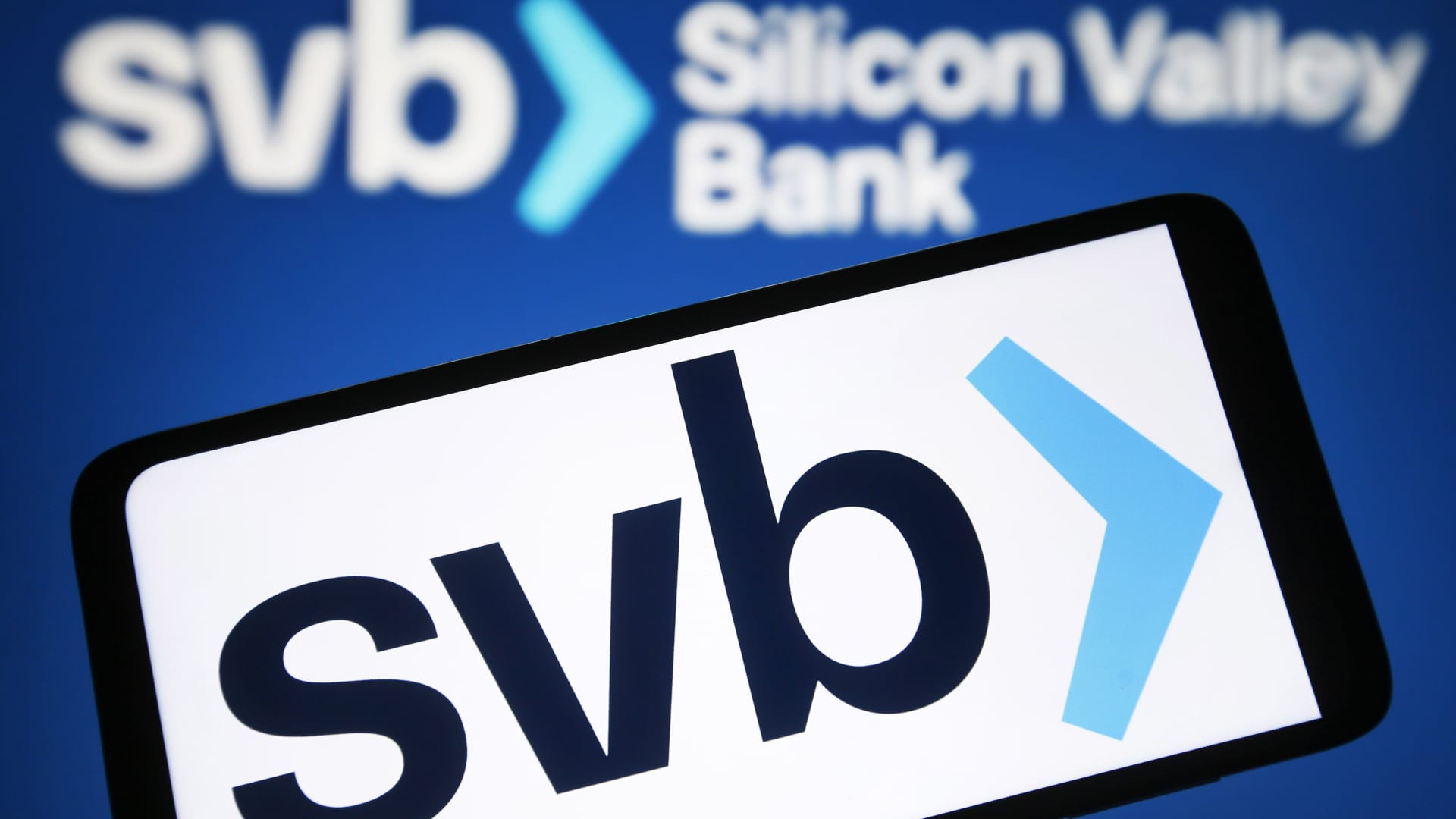
Silicon Valley Bank ‘s status as a key player for venture capital-backed companies in technology and related industries appears to have played a major role in its demise , according to J.P. Morgan Asset Management. Michael Cembalest, the firm’s chairman of market and investment strategy, said in a note to clients over the weekend that SVB’s heavy reliance on corporate deposits (rather than retail) and high percentage of assets held in loans and securities made it unusually risky compared with other banks. “SIVB was in a league of its own: a high level of loans plus securities as a percentage of deposits, and very low reliance on stickier retail deposits as a share of total deposits. Bottom line: SIVB carved out a distinct and riskier niche than other banks, setting itself up for large potential capital shortfalls in case of rising interest rates, deposit outflows and forced asset sales,” Cembalest said. The chart below shows how unique Silicon Valley really was…see it (Ticker: SIVB) in the lower right far away from the other regional banks: The concentrated mix of deposits appears to have contributed to a massive bank run . There were $42 billion in withdraws initiated on Thursday, according to a regulatory filing. Several venture capitalists advised their portfolio companies to withdraw their funds from the bank. Another issue for SVB is that the corporate accounts are more likely to be above the $250,000 threshold for insurance from the Federal Deposit Insurance Corporation. At banks with a higher percentage of retail depositors, there would be less motivation for those depositors to pull out there money even if the bank was in trouble. While SVB was unique, there is some concern about these fears spreading to other regional banks. Federal regulators are exploring options, including a potential sale of SVB , to backstop the uninsured deposits to soothe these fears. The chart shows that there are other banks with low percentages of retail depositors or high levels of loans plus securities, but that Silicon Valley Back was unusually risky on both fronts.
